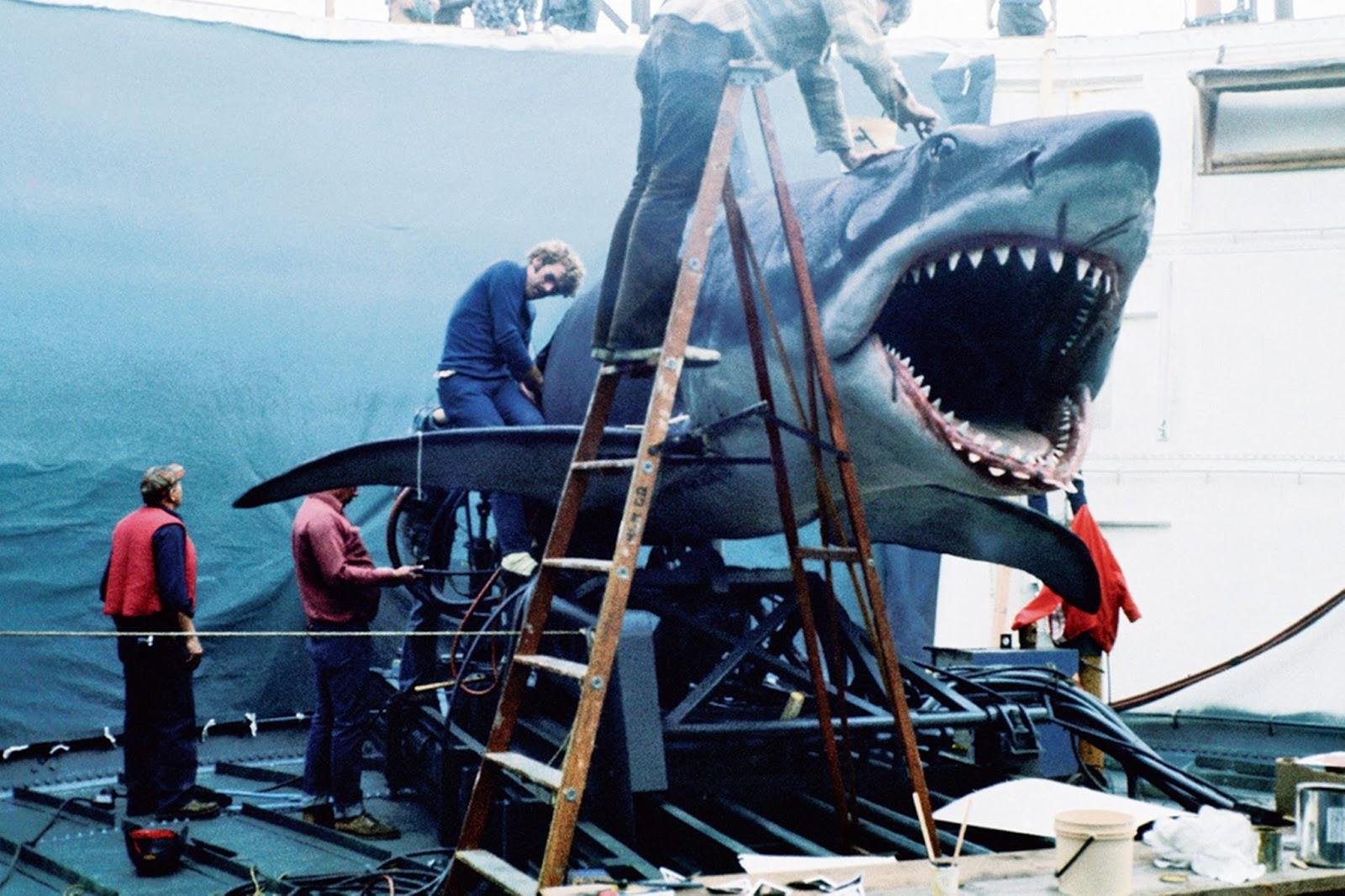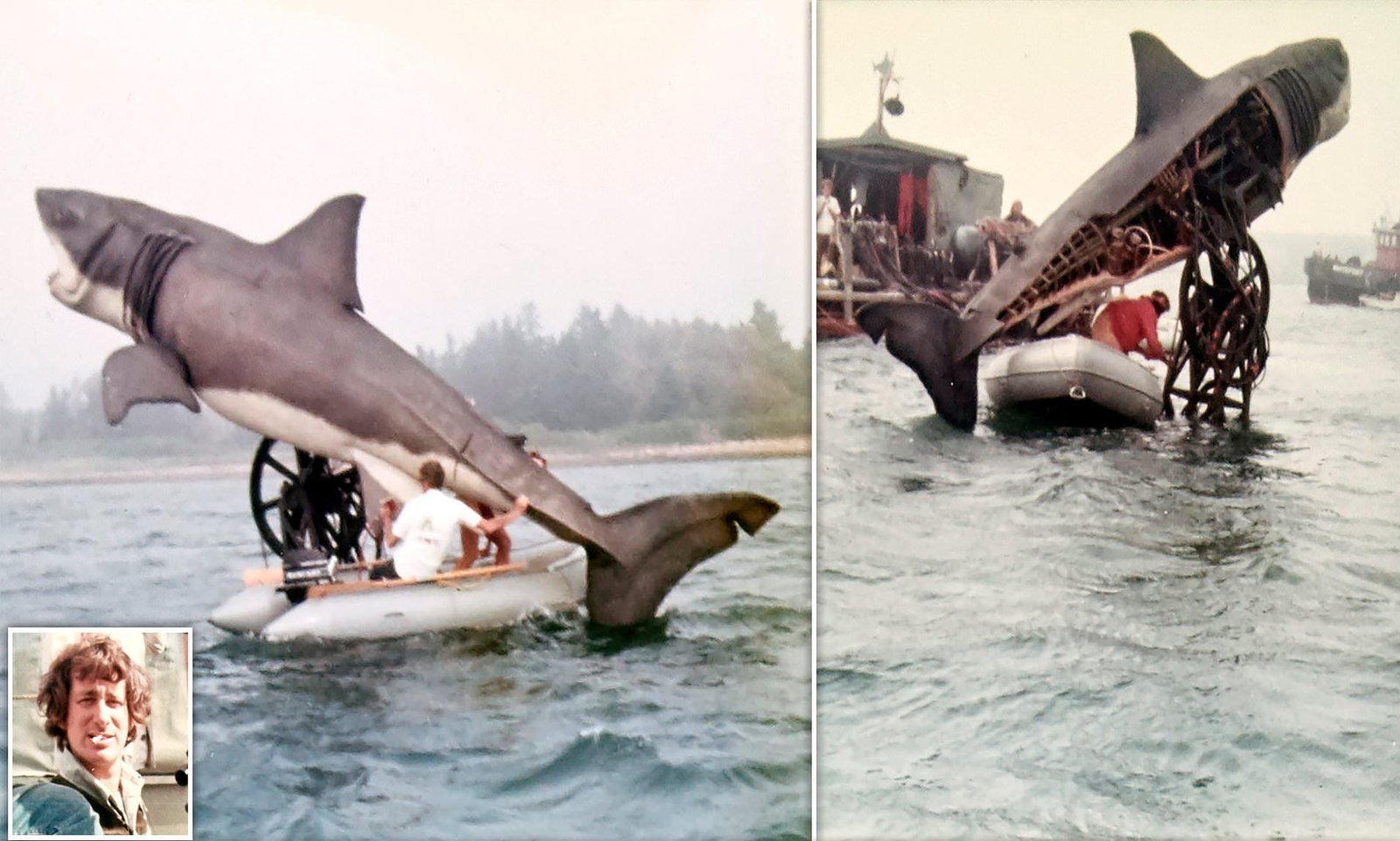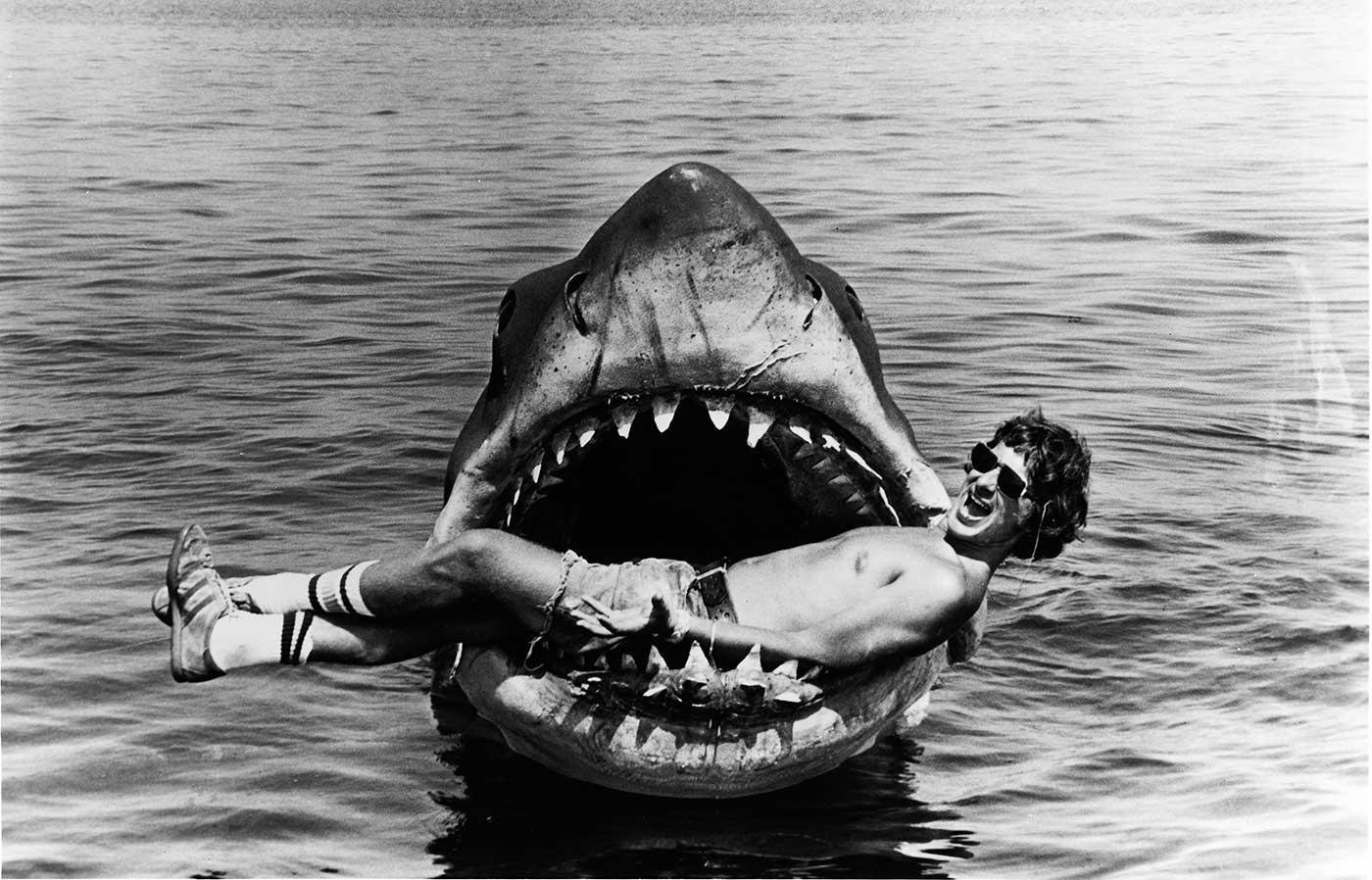The Making of Jaws: Behind the Scenes of the Iconic Shark Movie
Welcome movie lovers! Today we’re taking a deep dive into one of the most successful films in cinema history – Jaws. Directed by Steven Spielberg, this iconic thriller continues to captivate audiences worldwide more than four decades after its release. But have you ever wondered what went into the making of this blockbuster hit? Join me as we explore the behind the scenes of Jaws and discover the secrets and challenges that made this movie a true cinematic masterpiece.
Welcome movie lovers! Today we’re taking a deep dive into one of the most successful films in cinema history – Jaws. Directed by Steven Spielberg, this iconic thriller continues to captivate audiences worldwide more than four decades after its release. But have you ever wondered what went into the making of this blockbuster hit? Join me as we explore the behind the scenes of Jaws and discover the secrets and challenges that made this movie a true cinematic masterpiece.

Introduction to the making of Jaws
If you’re a fan of cinema, you surely know the iconic film “Jaws”. But have you ever wondered about the making of this masterpiece? The story behind the scenes is just as fascinating as the film itself. For starters, the production was plagued with issues from the beginning, including mechanical issues with the infamous animatronic shark. But despite the setbacks, director Steven Spielberg and his team persevered, eventually creating one of the most successful and memorable films in history. In this article, we’ll take a closer look at the making of “Jaws” and explore some of the secrets behind this cinematic classic.
The casting of the main characters
When it comes to creating a successful movie, the casting of the main characters can make or break the film. In the case of the classic movie Jaws, the casting was spot on. Roy Scheider as Chief Brody brought a relatable and human element to the film, while Richard Dreyfuss as Hooper brought intelligence and wit. However, it was the casting of Robert Shaw as Quint that truly made the movie. Shaw’s grizzled and rough-around-the-edges portrayal of the seasoned shark hunter added depth and intensity to the film, making it a truly unforgettable cinematic experience.
Filming locations and challenges faced
One of the most iconic films in cinematic history, Jaws, was filmed on location in Martha’s Vineyard. However, the production team faced several challenges in shooting the film, including unpredictable weather conditions and mechanical issues with the mechanized shark used in the movie. Despite these setbacks, director Steven Spielberg and his team were able to overcome these obstacles and create a timeless classic that continues to terrify and entertain audiences to this day. From the beautiful scenery of Martha’s Vineyard to the technical difficulties faced during the shoot, the filming of Jaws was truly an unforgettable experience.

The creation of the iconic shark
Behind the scenes of the legendary movie Jaws, the creation of the iconic shark was a major challenge for the filmmakers. The mechanical shark, nicknamed “Bruce,” was notoriously difficult to work with and often malfunctioned during filming. However, the team persevered and managed to create a terrifying image that has become part of cinematic history. Despite the setbacks, the end result was a visual masterpiece that helped turn Jaws into a box office sensation and cemented its place in cinema history.
The use of music in the film
The use of music in the film “Jaws” was a crucial element that made the movie an instant classic. The iconic score composed by John Williams served as a character in itself, creating suspense and tension throughout the film. The two-note motif played as the shark approached has become one of the most recognizable pieces of music in cinema history. Director Steven Spielberg knew the importance of the music and allowed Williams’ score to guide the pacing and tone of the film. The use of music in “Jaws” is a perfect example of how a well-crafted score can elevate a movie to greatness.
Editing and post-production
Editing and post-production are crucial aspects of filmmaking, especially in the case of “Jaws”. This iconic movie had a challenging production process with many technical difficulties, including mechanical problems with the shark. However, the editing and post-production team managed to create a suspenseful atmosphere that made audiences feel as if they were on the edge of their seats. The music, sound effects, and clever cuts between scenes were carefully crafted to deliver maximum impact. Without the skilled editing and post-production work, “Jaws” may not have become the classic it is today.

The impact of Jaws on the film industry
The release of Jaws in 1975 was a game-changer for the film industry. It not only became the highest-grossing film of all time at that point, but it also introduced a new genre of movies: the summer blockbuster. Jaws set the standard for the modern blockbuster with its gripping storyline, innovative special effects and iconic theme music. It paved the way for a number of other successful films, including Star Wars and Indiana Jones. Jaws was also responsible for the birth of the modern movie marketing campaign. It created a frenzy among moviegoers, turning the film into a cultural phenomenon. To this day, Jaws remains a classic example of the power of cinema and the impact it can have on the industry.
Behind-the-scenes anecdotes and trivia
When it comes to iconic films, few can rival the impact of Jaws. Released in 1975, the movie revolutionized the filmmaking industry and became an instant classic. But what many people don’t know are the fascinating behind-the-scenes anecdotes and trivia that went into the making of the film. From the mechanical shark that malfunctioned constantly, to the intense rivalry between actors Robert Shaw and Richard Dreyfuss, there are endless stories to uncover. These behind-the-scenes details add an extra layer of appreciation for the filmmaking process and make Jaws an even more fascinating movie to watch.
Reception and critical response
The reception and critical response to “Jaws” was overwhelmingly positive, both during its initial release in 1975 and in subsequent years. Steven Spielberg‘s direction, the iconic score by John Williams, and the performances of Roy Scheider, Robert Shaw, and Richard Dreyfuss were all praised. The film’s innovative use of suspenseful music and the visual effects used to bring the terrifying shark to life on screen were also lauded. “Jaws” became a cultural phenomenon and remains a classic in the horror and thriller genres.
Legacy of Jaws and its lasting influence
The legacy of Jaws continues to be felt in the film industry to this day. This iconic movie was a blockbuster hit that changed Hollywood forever. Its use of suspense and thrills set the standard for all future summer blockbusters. The behind-the-scenes story of Jaws is just as fascinating as the movie itself. From the difficulties of filming at sea to the struggles with an unreliable mechanical shark, the making of Jaws was riddled with setbacks. Despite these challenges, the film’s success not only launched the career of director Steven Spielberg but also set a new standard for filmmaking. Jaws’ lasting influence can still be seen in modern movies that strive to capture the same level of excitement and entertainment.
For more information about Jaws behind the scenes, including movie details, cast information, etc..
check out the filmaffinity page.



